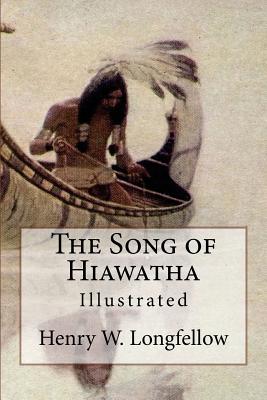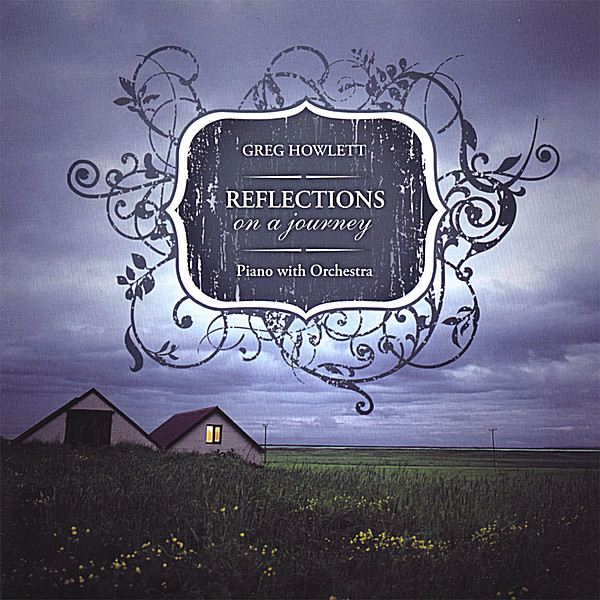
description
0The Song of Hiawatha is an 1855 epic poem by Henry Wadsworth Longfellow that features Native American characters. The epic relates the adventures of an Ojibwe warrior named Hiawatha and the tragedy of his love for Minnehaha. Events in the story are set in the Pictured Rocks area on the south shore of Lake Superior. Longfellow's poem, though based on native oral traditions surrounding the figure of Manabozho, represents not a work of transmission but an original work of American Romantic literature. In his book on the development of the image of the Indian in American thought and literature, Pearce wrote about The Song of Hiawatha: "It was Longfellow who fully realized for mid-nineteenth century Americans the possibility of image of the noble savage. He had available to him not only poems on the Indian . . . but also the general feeling that the Indian belonged nowhere in American life but in dim prehistory. He saw how the mass of Indian legends which Schoolcraft was collecting depicted noble savages out of time, and offered, if treated right, a kind of primitive example of that very progress which had done them in. Thus in Hiawatha he was able, matching legend with a sentimental view of a past far enough away in time to be safe and near enough in space to be appealing, fully to image the Indian as noble savage. For by the time Longfellow wrote Hiawatha, the Indian as a direct opponent of civilization was dead, yet was still heavy on American consciences . . . . The tone of the legend and ballad... would color the noble savage so as to make him blend in with a dim and satisfying past about which readers could have dim and satisfying feelings."
member goods
No member items were found under this heading.
Return Policy
All sales are final
Shipping
No special shipping considerations available.
Shipping fees determined at checkout.







